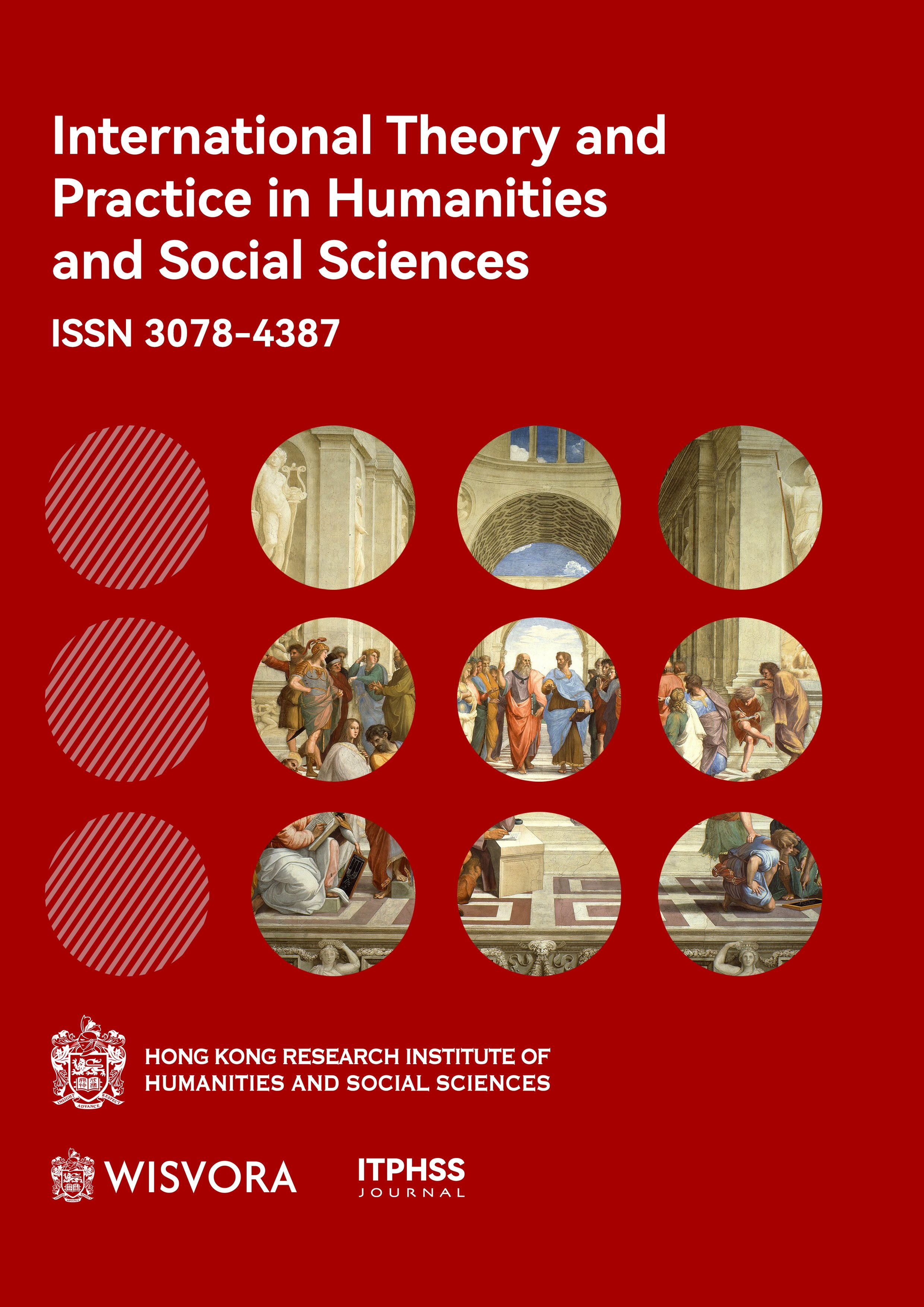Abstract
This paper explores the intersection of artificial intelligence (AI) and art, focusing on the use of AI-driven robots in creative processes. The study examines the historical evolution of AI art, beginning with early algorithmic experiments in the 1960s and leading to contemporary developments, such as Generative Adversarial Networks (GAN) and robotic artists like Ai-Da. It analyzes how advancements in AI and robotics have not only expanded the boundaries of art creation but also raised philosophical and ethical questions regarding authorship, creativity, and the role of human artists. Through a comprehensive review of key milestones, technologies, and aesthetic implications, the paper evaluates whether AI and robotic art are poised to replace traditional artists or establish new forms of collaboration. The findings indicate that while AI technologies are capable of generating intricate artworks, they lack human emotional expression and cultural sensitivity, highlighting the complementary rather than competitive role of AI in art. The study suggests that future artists will need to develop technical competencies to effectively collaborate with AI systems, reshaping the landscape of art and creativity. This paper contributes to the ongoing discourse on AI’s role in art by offering insights into the future of human-AI artistic partnerships and their impact on the broader art ecosystem.
References
Bell, C. (1914). Art. Chatto & Windus.
Benjamin, W. (1936). The work of art in the age of mechanical reproduction. Zeitschrift für Sozialforschung, 5(1), 224-225.
Christie’s. (2018). Is artificial intelligence set to become art’s next medium? Retrieved from https://www.christies.com/features/A-collaboration-between-two-artists-one-human-one-a-machine-9332-1.aspx
Clarke, A. C. (1973). Profiles of the Future: An Inquiry into the Limits of the Possible. Harper & Row.
Goodfellow, I., Pouget-Abadie, J., Mirza, M., Xu, B., Warde-Farley, D., Ozair, S., … & Bengio, Y. (2014). Generative adversarial nets. In Advances in neural information processing systems (pp. 2672-2680).
Heidegger, M. (1971). Poetry, Language, Thought. Harper & Row.
Karle, A. (2020). Co-creating with artificial intelligence: An exploration of artistic collaboration between humans and machines. Leonardo, 53(4), 424-431.
Maes, P. (2018). Artificial creativity: How machines are augmenting human ingenuity. IEEE Computer Graphics and Applications, 38(2), 21-23.
McCarthy, J., Minsky, M. L., Rochester, N., & Shannon, C. E. (2006). A proposal for the Dartmouth summer research project on artificial intelligence, August 31, 1955. AI Magazine, 27(4), 12.
McLuhan, M. (1964). Understanding Media: The Extensions of Man. McGraw-Hill.
Nake, F. (1974). Aesthetic measures for the computational generation of drawings. IFIP Congress (pp. 847-853).
Noll, A. M. (1966). Human or machine: A subjective comparison of Piet Mondrian’s “Composition with Lines” (1917) and a computer-generated picture. The Psychological Record, 16(1), 1-10.
Predrag K. Nikolić, Mohd Razali Md Tomari. "Robot-Robot Interaction, Toward New Conversational Artificial Intelligence Aesthetic." Proceedings of the 2021 ACM (October 2021). DOI: 10.1145/3483529.3483659.
Roberts, A., Engel, J., Raffel, C., Hawthorne, C., & Eck, D. (2018). MusicVAE: Creating a Palette for Musical Scores with Machine Learning. Proceedings of the International Conference on Neural Information Processing Systems (NeurIPS).
Russell, S., & Norvig, P. (2016). Artificial Intelligence: A Modern Approach (3rd ed.). Pearson.
Samuelson, P. (2019). Allocating ownership rights in computer-generated works. University of Pittsburgh Law Review, 68(3), 361-428.
Takahiro Yamaguchi & So Kanno. (n.d.). What is the Senseless Drawing Bot? Retrieved from https://publicdelivery.org/senseless-drawing-bot-so-kanno-takahiro-yamaguchi/
Tolstoy, L. (1897). What is Art? Penguin Classics.
Trisset, P., & Leymarie, F. F. (2013). Portrait drawing by Paul the robot. Computers & Graphics, 37(3), 267-276. https://doi.org/10.1016/j.cag.2012.06.007
Turing, A. M. (1950). Computing machinery and intelligence. Mind, 59(236), 433-460.
U.S. Copyright Office. (2019). U.S. Copyright Office Review Board letter re: Registration Decision Regarding A Recent Entrance to Paradise.
U.S. Copyright Office. (2022). U.S. Copyright Office Review Board letter re: Second Registration Decision Regarding A Recent Entrance to Paradise. Retrieved from https://www.copyright.gov/rulings-filings/review-board/docs/a-recent-entrance-to-paradise.pdf
United States Copyright Office. (2019). Compendium of U.S. Copyright Office Practices (Third Edition). Chapter 300: Copyrightable Authorship.
Zhan, H., Dai, L., & Huang, Z. (2019). Deep Learning in the Field of Art. Proceedings of the 2019 International Conference on Artificial Intelligence. DOI: 10.1145/3349341.3349497.

This work is licensed under a Creative Commons Attribution-NonCommercial 4.0 International License.
Copyright (c) 2025 HENGRAN YANG (Author)

